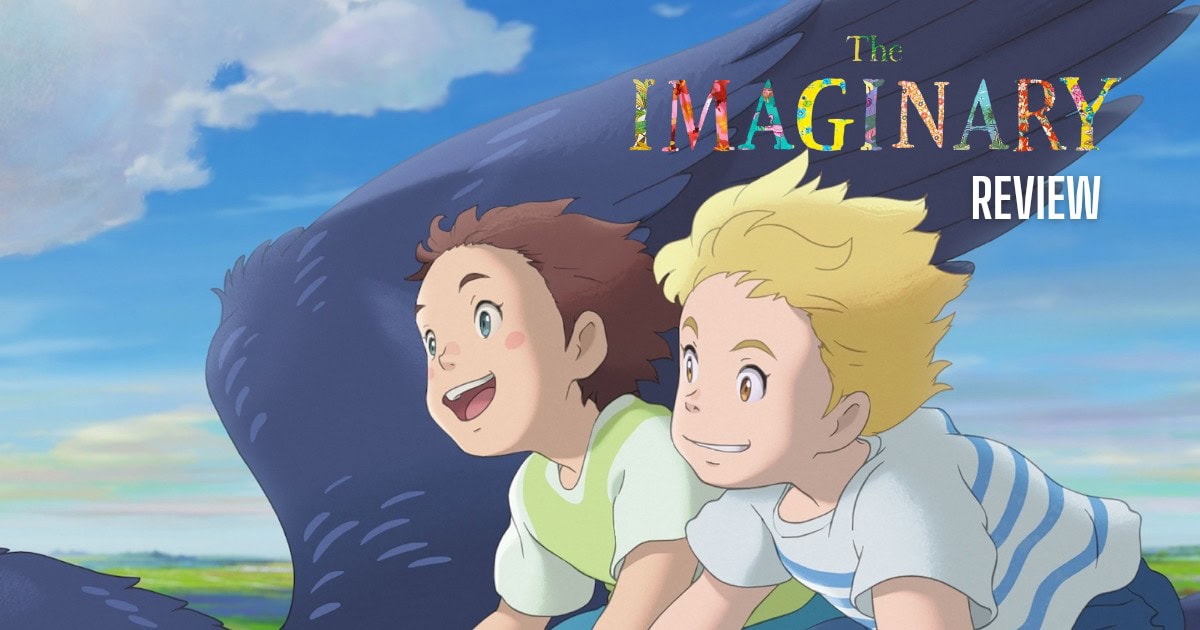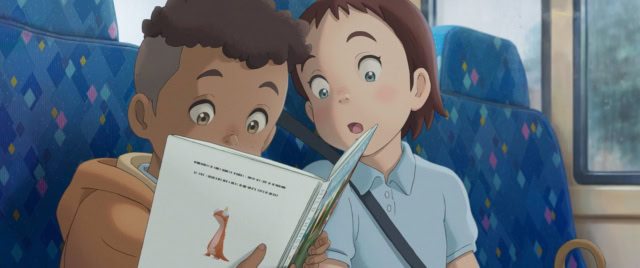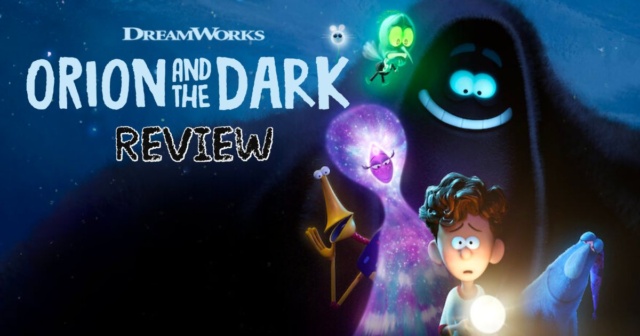‘The Imaginary’: A Beautiful Animated Film for the Whole Family

The story of The Imaginary, which releases on Netflix next month, centers on Amanda, a young girl who lives with her mom, Lizzie, and her best friend, and a playful boy named Rudger. But Rudger (not Roger!) is no ordinary boy. He just happens to be a creation of Amanda’s bountiful imagination, an imaginary friend.
The new animated film, coming to Netflix next month, was produced Studio Ponoc, and directed by Yoshiyuki Momose (Spirited Away, Modest Heroes, Tomorrow’s Leaves). The story is based on the award-winning novel by A.F. Harrold and illustrated by Emily Gravett.
The Imaginary and the importance of imagination
Did you have an imaginary friend growing up? Or just loved to play make believe as a child? It’s fun to find ways to escape reality sometimes, whether it’s through our favorite shows, films, books or games, even as adults. While watching The Imaginary, I found myself thinking about the importance of children developing their imagination through play. This is, not only crucial for creativity and work in the Arts, but key for the development of problem-solving which we all need as we grow into adults with the countless problems we may have to face.
The imagination we develop as children can also work as a coping mechanism to help get through trauma or other difficult situations. This theme is quite prominent in The Imaginary, and I think is a key part in children developing into healthy minded adults. Sure, some of us can go a bit far with it at times. But for the most part, getting to release some pressure and have fun, imagine a story, or person, or place that makes us happy, or helps us cope with trauma, is something we can all use from time to time, even as adults.

In The Imaginary, we have just that. We have children creating imaginary friends that they need for one reason or another, as it helps them cope with a sadder reality. The children in this story create what they need to help protect them, feel safe, feel brave, feel prepared, combat loneliness. Whether this is a girl who creates a friend who she can mold into a perfect ballerina to help her prepare for her own performance, or a boy who creates an imaginary friend who never sleeps, so the boy can feel safe enough to sleep. In most if not all of these cases in the film, these children are creating imaginary friends that they truly need, as part of their development into adults who can cope with harsh realities and to aid in problem solving.
A cautionary tale for creepy Mr. Bunting…
The film also serves as a sort of cautionary tale about taking it too far. Being “greedy” with your imagination, hurting others, stealing from others, and how no good can come from that. We see this theme run its course through serial creeper Mr. Bunting (Jeremy Swift), the villain of the story, and the type of person you should never let near your kids to conduct a survey or for any other reason. Never.
How he manages to be more skin-crawl-enducing and creepy than his also extremely creepy friend at his side, I’ll never know. But he manages to do it each time he steps onto the screen. He is one scary, nasty man, for sure, and again, a cautionary tale about taking some things too far. That being said, neither Mr. Bunting, nor his companion, are so scary that I would steer parents away from letting their young children watch the film. I think it’s a valuable film for children and families to see.
The Imaginaries and other characters
The artwork in The Imaginary, especially when gliding through Amanda’s vibrant imaginary worlds, is delightful to the eye. The designs for the Imaginaries themselves are quirky and clever, and most of the time, what you’d expect small children to create.
I loved the idea that the Imaginaries live in a library because most books are made from imagination and this helps them all stay safe and continue to live their lives even without their own children as friends anymore. It’s another “shout out” to the theme of the importance of imagination, and in particular, the value of books and libraries, which I appreciated.

Evie Kiszel (Amanda) and Louie Rudge-Buchanan (Rudger) do an admirable job with their characters, as does Hayley Atwell as Amanda’s mom, Lizzie. But my favorite character is perhaps spirited and brave Emily, played by Sky Katz, who gave me some fun Peppermint Patty vibes (my favorite Peanuts character).
As for Jeremy Swift and my least favorite character, Mr. Bunting, well… Swift certainly knew the assignment, and I can’t slight him in the least for that.
Final thoughts on Studio Ponoc’s The Imaginary
There’s a lot more going on in The Imaginary than just childhood make-believe games, and many layers to this sweet story. This includes a lot of food for thought on the importance of imagination to our growth and everyday lives. I could also appreciate some messages in the story about the power of love and retaining the memory of loved ones as a way to keep them with you. These are lovely positive messages and themes for children, all wrapped up in a colorful package.
The Imaginary premieres on Netflix on July 5, 2024. Are you planning to see this one? Let us know on social media @mycosmiccircus!
DreamWorks’ Animated Film Orion and the Dark Explores Overcoming Fears
Ultraman: Rising Review: Netflix Presents “How to Train Your Kaiju”




